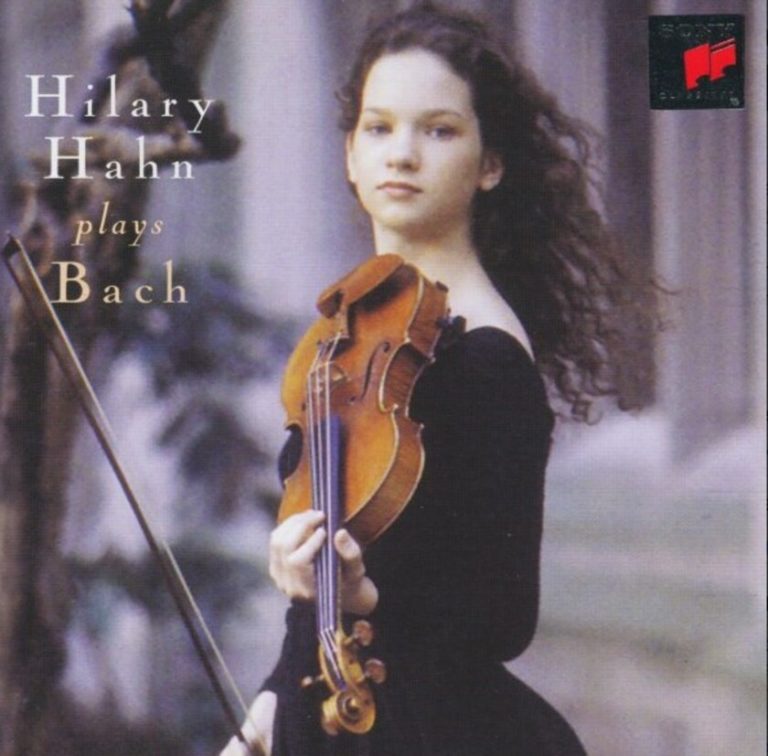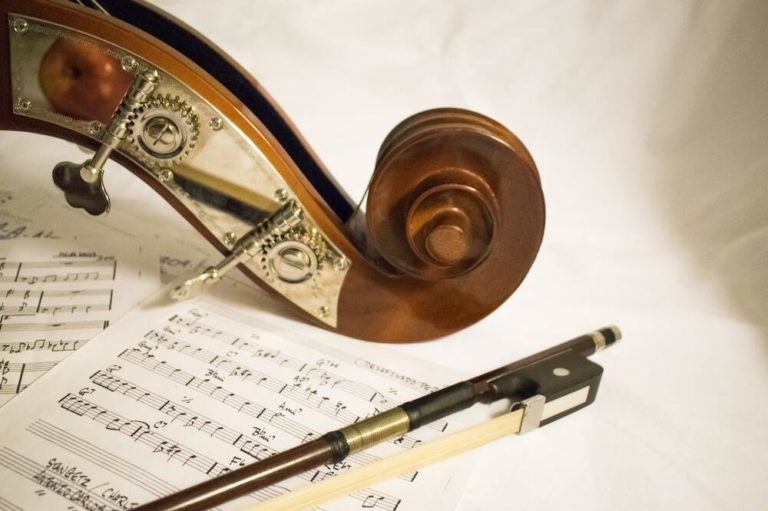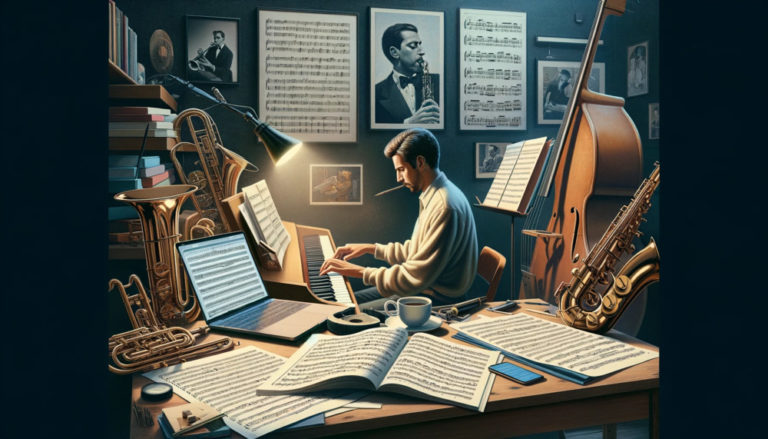Max Richter: Redefining Classical Music for the Modern Age
The modern age, with its blend of technology, evolving sensibilities, and new perspectives, has produced a range of artists who have sought to redefine traditional genres. One such composer who stands out in this domain of classical music is Max Richter. Through his vast body of work, Richter has beautifully bridged the divide between classical and contemporary, offering audiences a fresh perspective on a timeless art form.
A Brief Introduction to Max Richter
Born in Germany in 1966, Max Richter’s formal training began at Edinburgh University and culminated at the Royal Academy of Music in London. His early career was deeply rooted in the classical tradition, but over time, he began incorporating modern elements into his compositions, drawing from ambient, electronic, and post-rock genres.
Key Works
Some of Richter’s most acclaimed pieces include:
- Recomposed: Vivaldi – The Four Seasons: Here, Richter reimagines Vivaldi’s iconic work with a modern twist, retaining the core melodies but infusing it with his signature ambient textures.
- Sleep: An eight-hour-long piece designed as a lullaby for a frenetic world. It draws listeners into a meditative realm, focusing on the role and nature of sleep in our lives.
- On the Nature of Daylight: A soul-stirring piece featured in movies and TV shows, it’s a reflection of Richter’s ability to evoke profound emotions with his compositions.
Bridging the Classical and the Modern
A Delicate Balance
One of Richter’s hallmarks is his ability to maintain a delicate balance between the traditional and the avant-garde. While he respects the weight of classical structures, he isn’t confined by them. Instead, he uses them as a base upon which he layers modern interpretations, be it through electronic manipulations or novel instrumental combinations.
For instance, his album “Infra” utilizes a combination of string instruments, piano, and electronics. This blend showcases a deep-rooted respect for classical instruments, but the presentation is undeniably contemporary.
Collaboration as a Pathway
Collaboration has also been a key aspect of Richter’s work. He has frequently worked with filmmakers, choreographers, and other artists, bringing classical music into realms it wouldn’t traditionally inhabit. His scores for films such as “Waltz with Bashir” and TV series like “The Leftovers” introduce classical undertones to modern narratives, underscoring the universality and timeless nature of the genre.
The Role of Technology
Embracing Digital Platforms
While some classical music purists remain wary of digital platforms, Richter has embraced them. He understands that to engage a younger, tech-savvy audience, one must meet them where they are. Streaming platforms, social media, and digital performances have become avenues through which he reaches a wider audience.
In a notable example, his work “Sleep” was broadcast live on BBC Radio 3, allowing listeners from all over the world to experience this ambitious project in real-time.
Digital Instruments and Production Techniques
In the creation of his music, Richter employs modern production techniques and digital instruments. These tools allow him to manipulate sounds in ways that were previously unimaginable, lending his compositions a unique soundscape. While purists might argue that this strays from the essence of classical music, Richter’s work begs the question: What if these tools had been available to composers of yore?
Impact on the Classical Music Landscape

Image by Raph_PH (Flickr), Creative Commons Attribution 2.0
Widening the Audience
One undeniable impact of Richter’s work is the broadening of the classical music audience. By introducing modern elements and collaborating across genres and mediums, he’s made classical music accessible to those who might never have considered listening to it.
Influencing the Next Generation
Richter’s work serves as an inspiration for emerging composers. By showcasing that it’s possible to respect tradition while simultaneously pushing boundaries, he has paved the way for future artists to explore and redefine classical music in their unique ways.
In Conclusion
Max Richter’s contributions to the world of classical music are immense. While firmly rooted in tradition, he continually looks forward, embracing change, and integrating modern elements into his compositions. In doing so, he offers a refreshing take on classical music, ensuring its relevance and appeal in the modern age.
In redefining classical music for today’s age, Richter does not diminish its value but rather broadens its horizons, inviting new listeners to experience and appreciate its timeless beauty. In a rapidly changing world, artists like Richter ensure that classical music remains not only relevant but also vibrantly alive.





One Comment
Comments are closed.